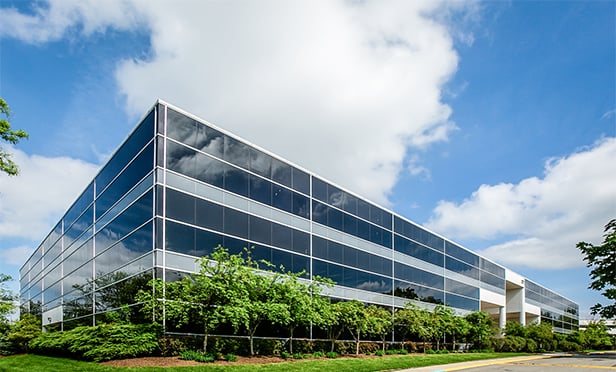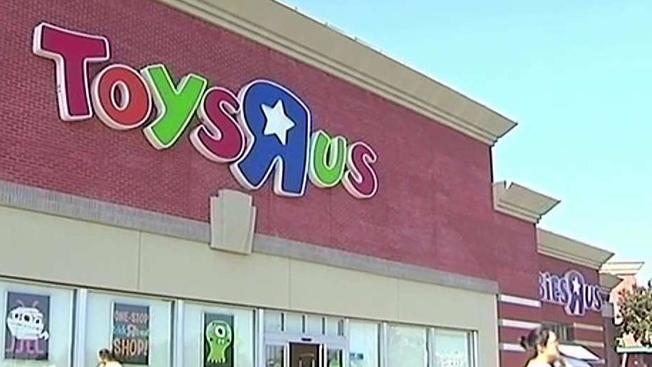(RealShare Orange County convenes at the Hyatt Regency, Irvine, August 16. Also, save the date: RealShare Apartments comes to the Westin Bonaventure, Los Angeles, October 24.)
IRVINE, CA-Those who follow @GlobeStcom on Twitter and @GlobeStLIVE may have seen a post teasing the announcement, but GlobeSt.com has learned that according to a midyear foreclosure report from RealtyTrac, foreclosure activity in the first half of 2012 increased from the previous six months in 125 of the nation’s 212 metropolitan areas with a population of 200,000 or more. Despite the increases from the second half of 2011, 129 of the metro areas still posted year-over-year decreases in foreclosure activity, the report says.
California accounted for seven of the 10 highest metro foreclosure rates and 10 of the top 20 metro foreclosure rates during the first half of the year. Florida accounted for four of the top 20 metro foreclosure rates, and Illinois accounted for two of the top 20. Georgia, Arizona, Nevada and Colorado each had one city in the top 20.
According to Brandon Moore, CEO of RealtyTrac, Increasing foreclosure starts in many local markets helped push total foreclosure activity higher in the first half of this year compared to the second half of 2011. “Those foreclosure starts are welcome news for prospective buyers and real estate brokers in many local markets where a shortage of aggressively priced inventory has been holding up sales activity,” he says. “Markets with increasing foreclosure starts will likely see more distressed inventory for sale in the form of short sales and bank-owned properties in the second half of the year.”
Stockton, CA, posted the nation’s highest metro foreclosure rate, 2.66% of housing units—one in every 38—with a foreclosure filing in the first half of 2012. That is more than three times the national average, says the report. There were a total of 6,218 Stockton properties with a foreclosure filing during the six-month period, a decrease of 13% from the previous six months and a decrease of 16% from the first half of 2011.
Four other California cities ranked in the top five metro foreclosure rates despite decreasing foreclosure activity: Modesto at No. 2 (2.61% of housing units with a foreclosure filing), Riverside-San Bernardino-Ontario at No. 3 (2.59%), Vallejo-Fairfield at No. 4 (2.56%), and Merced at No. 5 (2.15%).
In addition, half of the nation’s 20 largest metro areas in terms of population documented increasing foreclosure activity from the previous six months, led by the Tampa-St. Petersburg-Clearwater metro area in Florida with a 47% increase, says the report. Foreclosure activity during the first half of the year increased more than 20% from second half of 2011 in Philadelphia (30%), Chicago (28%), New York (26%), and Baltimore (21%).
Seattle foreclosure activity in the first half of 2012 decreased 24% from the previous six months, the biggest drop among the nation’s 20 largest metro areas, according to the report. Other large metro areas where first half foreclosure activity decreased more than 10% from the second half of 2011 were San Francisco (21%), Detroit (17%), Los Angeles (13%), Boston (12%), and San Diego (11%).
According to the report, despite a 9% decrease in foreclosure activity from the previous six months, the Riverside-San Bernardino-Ontario metro area in Southern California registered the highest foreclosure rate among the 20 largest metro areas, followed by Atlanta, Phoenix, Miami and Chicago.
And in other foreclosure news, Santa Ana, CA-based CoreLogic recently issued its National Foreclosure Report for June, which provides monthly data on completed foreclosures and the overall foreclosure inventory. According to the report, there were 60,000 completed foreclosures in the US in June 2012 compared to 80,000 in June 2011 and 60,000 in May 2012. Since the financial crisis began in September 2008, there have been approximately 3.7 million completed foreclosures across the country, the report says.
Approximately 1.4 million homes, or 3.4 percent of all homes with a mortgage, were in the national foreclosure inventory as of June 2012 compared to 1.5 million, or 3.5%, in June 2011. Month-over-month, the national foreclosure inventory was unchanged from May 2012 to June 2012. The foreclosure inventory is the share of all mortgaged homes in some stage of the foreclosure process.
“While completed foreclosures and real-estate owned sales virtually offset each other over the past four months, producing static levels of foreclosure inventory for most of this year, they are beginning to diverge again," says Mark Fleming, chief economist for CoreLogic. "Over the last two months REO sales declined while completed foreclosures leveled out. So we could see foreclosure inventory rising going forward."
And according to Anand Nallathambi, president and CEO of CoreLogic, "The decline in the flow of completed foreclosures to pre-financial crisis levels is more welcome news pointing to an emerging housing market recovery. However, we believe even more can be done to reduce the inventory of foreclosures by decreasing the level of regulatory uncertainty and expanding alternatives to foreclosure."
Continue Reading for Free
Register and gain access to:
- Breaking commercial real estate news and analysis, on-site and via our newsletters and custom alerts
- Educational webcasts, white papers, and ebooks from industry thought leaders
- Critical coverage of the property casualty insurance and financial advisory markets on our other ALM sites, PropertyCasualty360 and ThinkAdvisor
Already have an account? Sign In Now
© 2024 ALM Global, LLC, All Rights Reserved. Request academic re-use from www.copyright.com. All other uses, submit a request to [email protected]. For more information visit Asset & Logo Licensing.








